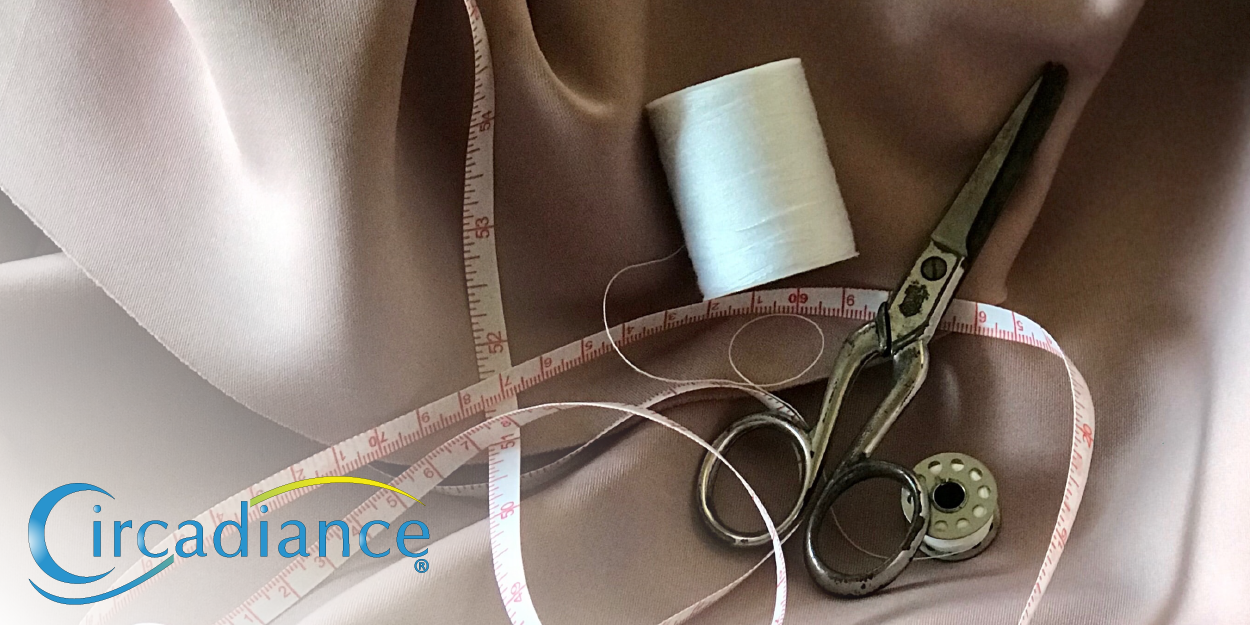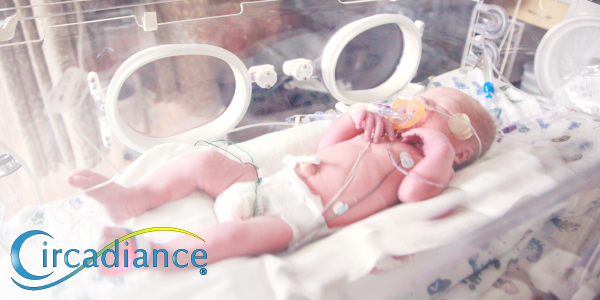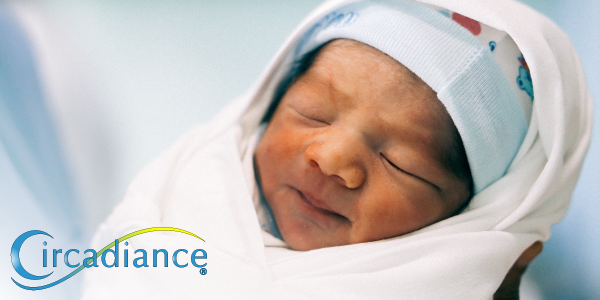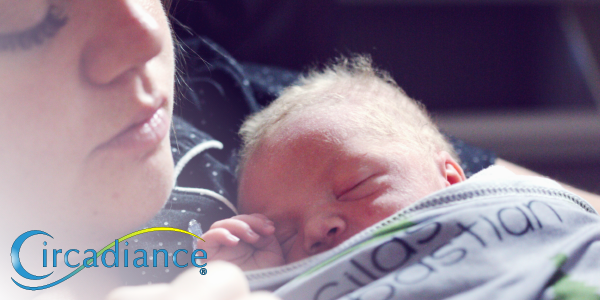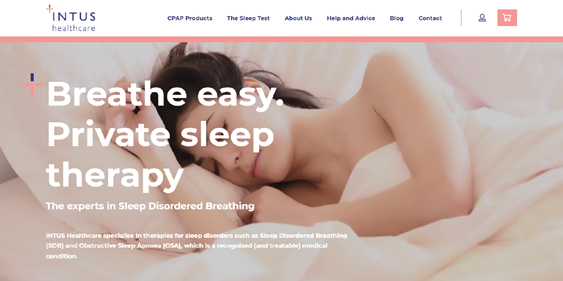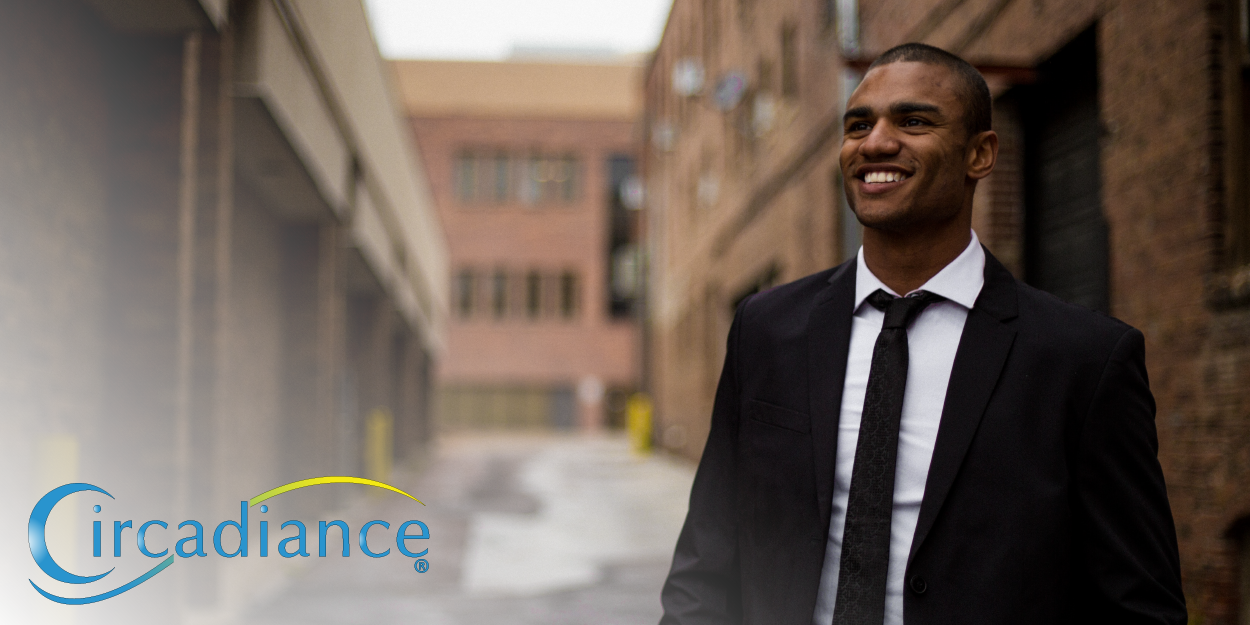Many studies have identified that the most common devices associated with Medical Device Related Pressure Injuries (MDRPIs) are continuous positive airway pressure devices – CPAP Masks. The common areas affected with PAP-related pressure injuries are the areas where the mask contacts the skin on the face: the nasal bridge, cheeks, chin, above the ears and the forehead.
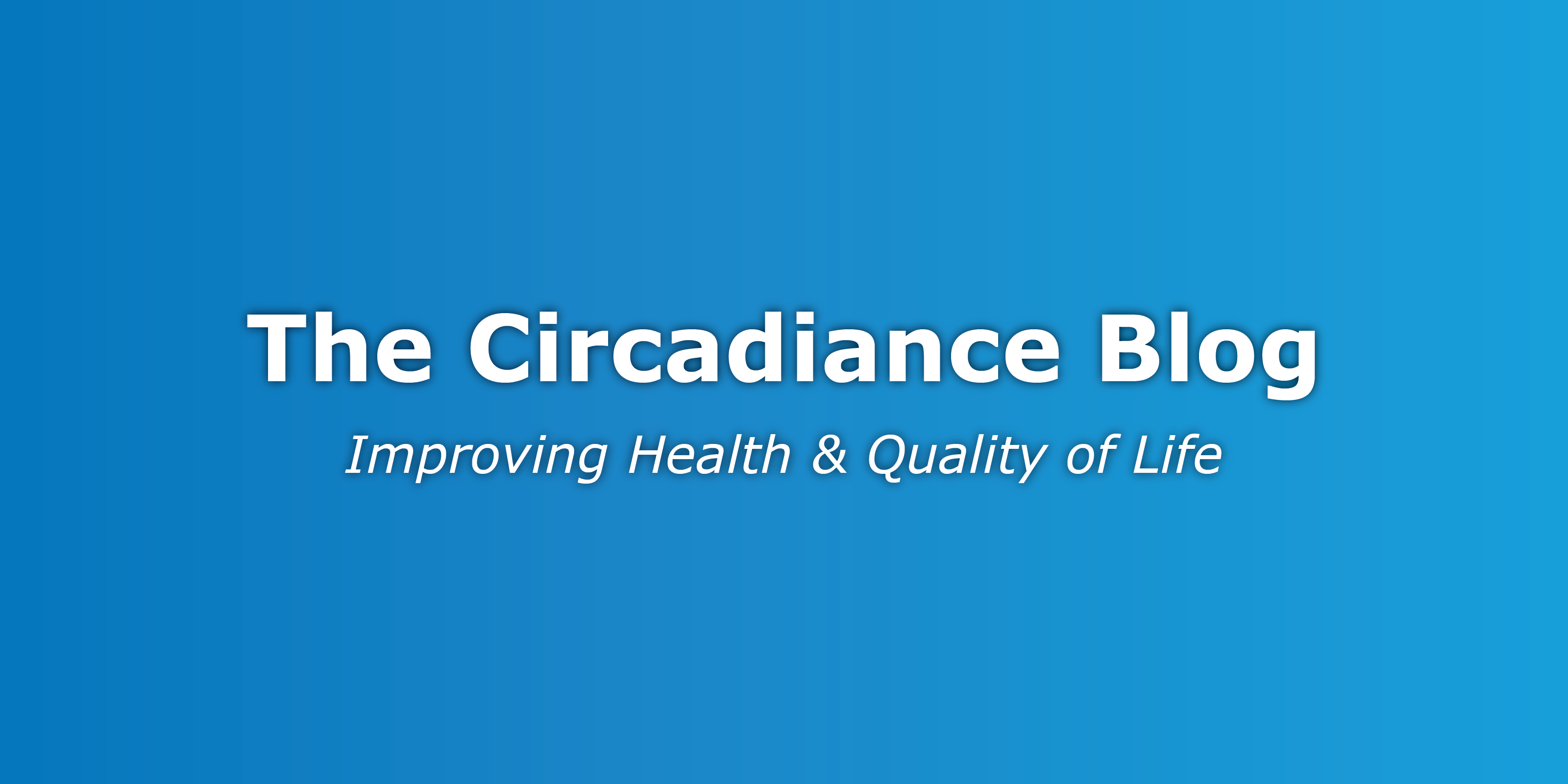
Circadiance
Recent Posts
Topics: SleepWeaver
Celebrating Sleep Awareness Week with SleepWeaver Savings!
Posted by Circadiance on Mar 18, 2021 9:45:00 AM
It's National Sleep Awareness Week! This week we are focusing on promoting better sleep as a way to increase overall health and well-being.
Topics: Insider, Circadiance News, Sleep Health, SleepWeaver
It's National Sleep Awareness Week! This week we are focusing on promoting better sleep as a way to increase overall health and well-being.
Topics: Insider, Circadiance News, Sleep Health, SleepWeaver
Continuous positive airway pressure (CPAP) or high flow nasal cannula (HFNC)? An ongoing debate, but does it have to be one or the other? Many times CPAP is the first treatment to respiratory distress in the neonate, while HFNC is used frequently as a weaning tool. Providers make this decision based on gestational age, diagnosis, and treatment history. Would HFNC be used more if it was easier to transition the patient with no loss of support? What if providers had a better idea of the pressure that was actually being generated by that flow?
Topics: NeoPAP
Ventilating premature babies is a science that researchers are constantly re-evaluating. Best practices are updated often while we try to find the best way to help this population breathe more easily. The most commonly used strategy right now is early CPAP therapy, but at what cost?
Topics: NeoPAP
Most hospitals with labor and delivery capabilities are equipped to stabilize critical newborns, but not all hospitals can provide continuous care to this special population. In a hospital that is incapable of caring for these sick babies, they must rely on outside facilities to come and transport the infant to a hospital with a neonatal intensive care unit (NICU).
Topics: NeoPAP
Having a premature baby can lead parents down a path with a few bumps in the road. Many things are different and going home with a newborn is scary for most parents. Every case is unique which means a variety of parental experiences leading up to, and after, discharge. So what can parents expect when they take their baby home from the NICU?
Sleep Tests, Obstructive Sleep Apnea and Intus Healthcare
Posted by Circadiance on Feb 9, 2021 2:16:18 PM
If you're reading this, then you probably know what Obstructive Sleep Apnea (OSA) is. You might have been suffering for years, recently diagnosed, and you are looking for treatment.
Topics: Sleep Health, SleepWeaver
Imagine you’re pregnant, nearing your due date, and filled with a combination of both excitement and nervousness, but then things take an unexpected turn and your baby arrives early. They are in the neonatal intensive care unit (NICU) and you have to touch your baby through the door of an incubator...
Pro Tips for Thriving With Your New CPAP Therapy - Part 3
Posted by Circadiance on Jan 19, 2021 12:49:38 PM
Using CPAP during a public health emergency like the COVID-19 pandemic means navigating potential infection risks posed through a process called AGP or aerosol generating procedure, of which CPAP is an example. To this end, we have compiled the most effective approaches that address the three scenarios of concern that are most often voiced by patients during the pandemic.
Topics: Sleep Health, SleepWeaver





